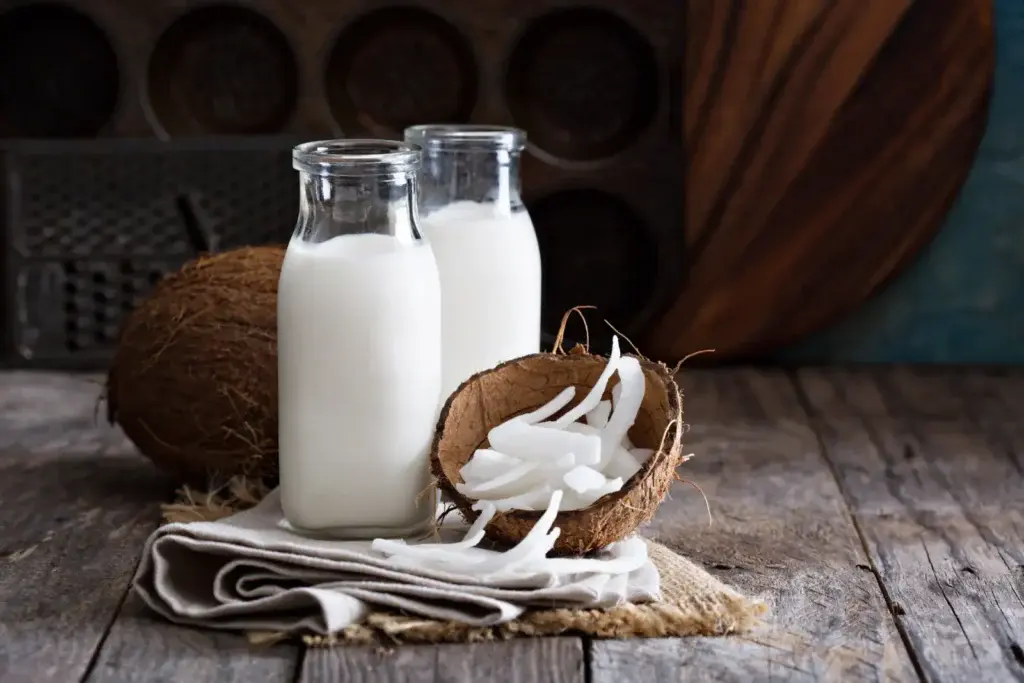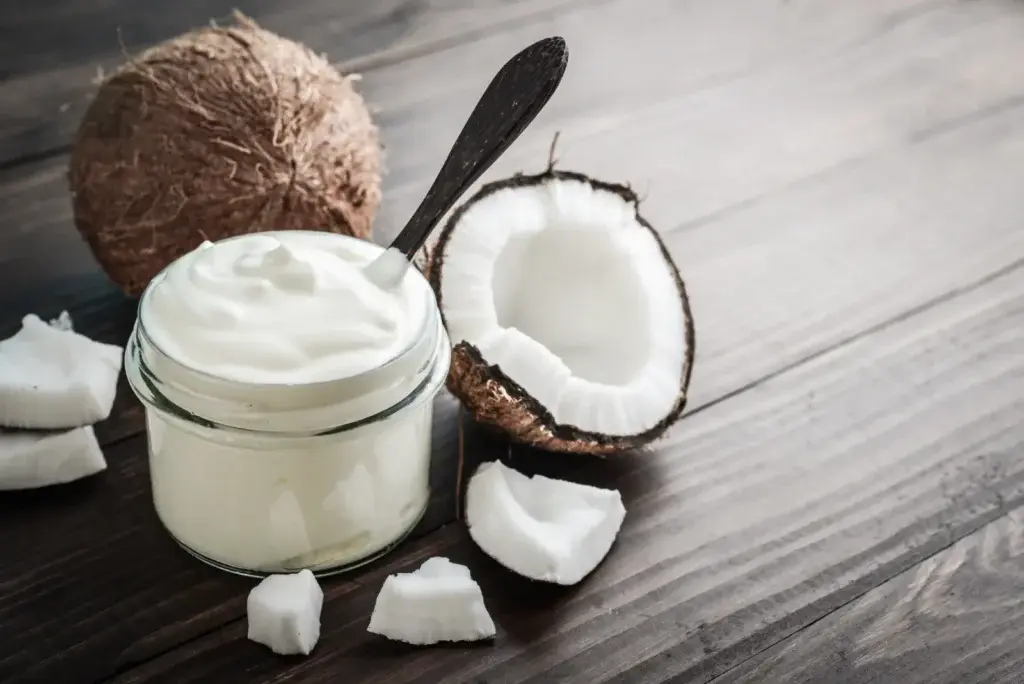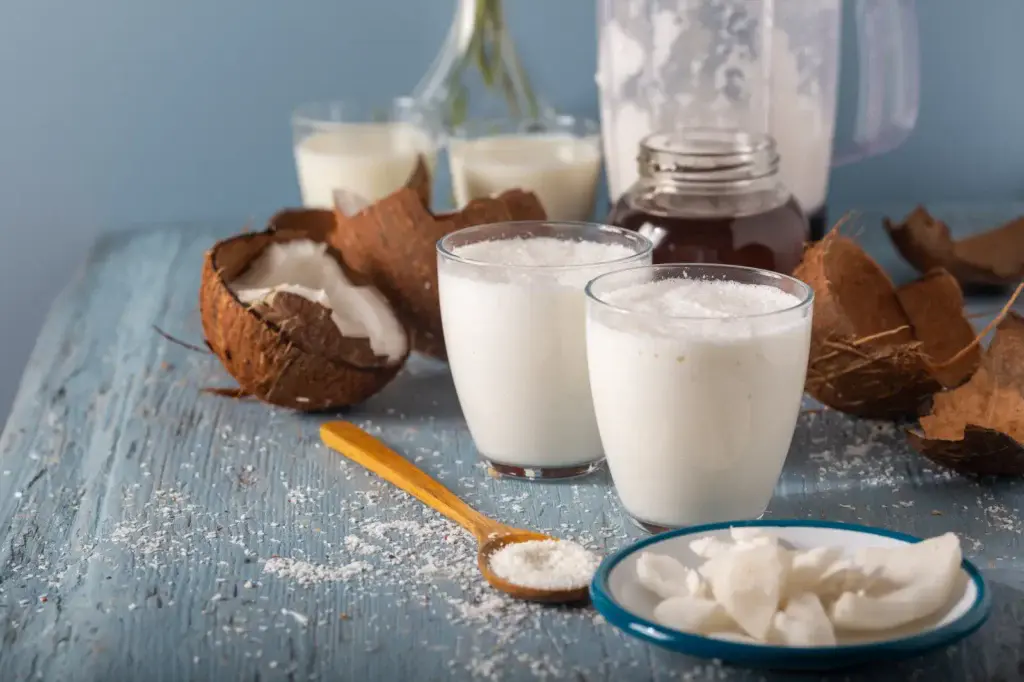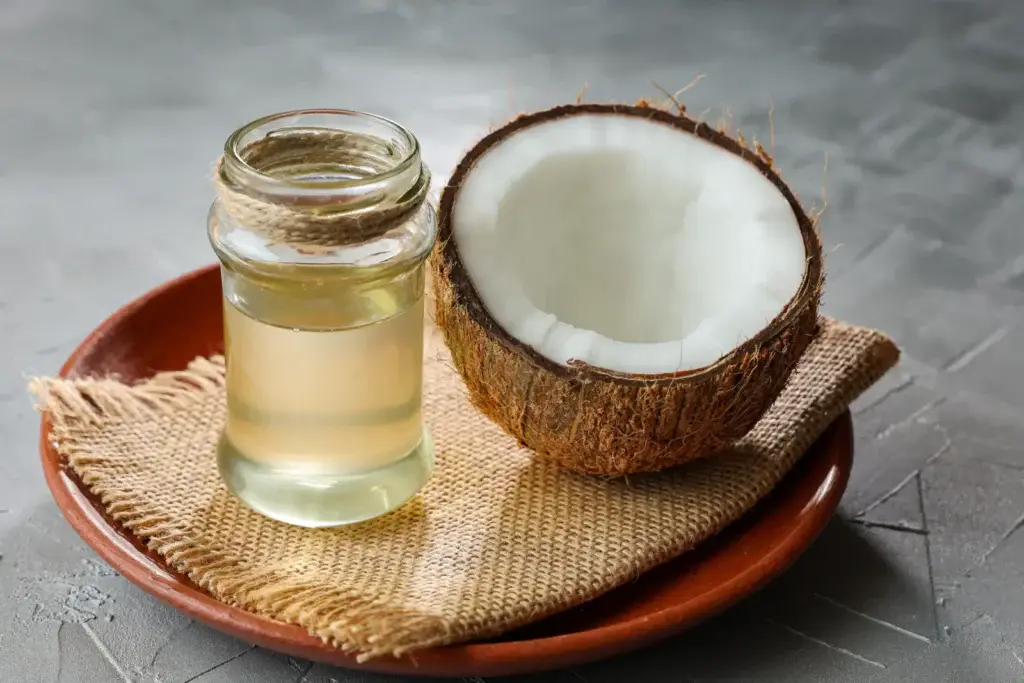
Once just a tropical fruit in far-off beachside recipes, coconut is now a cross-category champion in the culinary world. Across the globe, it stars in everything from silky coconut milk curries to crispy cookie crusts and high-function smoothie powders. In product development, few ingredients offer the flavor depth, health-forward halo, and multifunctional roles that coconut does.
Its rising demand isn’t just a trend — it’s a full-on movement. It has culinary roots in Southeast Asia, the Caribbean, Latin America, and Africa, making it a globally understood and regionally beloved staple food. And with an uptick in plant-forward eating and dairy-free innovation, coconut’s moment is far from fleeting.
What Makes Coconut A Powerhouse Ingredient In Product Development
First and foremost, coconut brings taste and texture. Its rich, creamy profile offers a roundness that mimics dairy milk, butter, and even cream. In other words, it’s the go-to ingredient for dairy-free formulations. This allows manufacturers to meet consumer demand for allergen-friendly, vegan, or flexitarian-friendly options without sacrificing indulgence or mouthfeel.
Second, coconut shines across every temperature range and product type. It can cool as ice in tropical cocktails or yogurt bowls, but it also amplifies warm, earthy profiles in dishes spiced with curry, garlic, or ginger. Coconut’s functional and culinary adaptability gives it the kind of versatility developers dream about.
Coconut Formats And When To Use Them

With so many forms to choose from, coconut is not just one ingredient but an entire toolkit. Here are some of the most popular coconut formats and how they’re used in sweet and savory applications.
- Coconut Milk: A creamy, liquid extract made from grated coconut flesh and water. Ideal for soups, curries, smoothies, and drinks where body and richness are essential. Also works well in ice cream and yogurt bases.
- Coconut Cream: Thicker than coconut milk with a higher fat content, this is perfect for decadent dessert builds, whipped toppings, and thicker stews or sauces.
- Coconut Oil: With a high smoke point and unique taste, coconut oil is a solid choice for frying, baking, and sautéing. It’s also popular in plant-based spreads, bars, and snack formulations.
- Desiccated Coconut/Shredded Coconut: Dried coconut flakes are excellent for granola, cookies, bread, and cake toppings. They add texture, flavor, and a natural visual cue.
- Coconut Flour: A gluten-free alternative to traditional grain or wheat flours. Best used in baked goods like muffins, batter coatings, and high-fiber snacks.
- Coconut Water: Light, hydrating, and full of electrolytes, this is great for drinks, wellness shots, and smoothies. It can also be reduced for glazes or frozen into cubes for cocktails.
- Coconut Sugar: A minimally processed sweetener with a rich, caramel-like taste. It adds depth to sauces, baked goods, pasta glazes, and dessert mixes, with a lower glycemic index than cane sugar.
- Toasted Coconut Chips: Crunchy, snackable, and a textural marvel in both savory salad toppings and dessert garnishes. The toast brings out deep caramelized notes.
- Coconut Butter: Made from whole coconut meat, this spreadable fat works beautifully in confections, baking, and plant-based butter alternatives.
- Coconut Powder: Spray-dried coconut milk or cream that offers extended shelf life and easy use in dry recipe kits, sauce packets, or instant smoothie blends.
Coconut Milk vs. Coconut Cream
Both coconut milk and coconut cream are made by extracting fat-rich liquid from grated coconut flesh, but their differences matter for formulation.
Coconut milk has a thinner consistency and typically contains 9–15% fat. It’s a staple in Thai cuisine, chicken curry, and soup-based dishes. It’s also commonly used in smoothies, yogurt alternatives, and drinks where a lighter body is ideal.
Coconut cream, on the other hand, is thicker and richer, with a fat content closer to 20–25%. It provides a luxurious mouthfeel and is perfect for desserts, whipped toppings, or indulgent curries. Think creamy Thai curry or cake icing made to melt in your mouth.
Functional Roles Of Coconut In Formulation

Coconut’s usefulness goes beyond taste and trend. It plays many roles in product development that offer clean-label advantages.
- Fat Replacement: In plant-based or low-cholesterol applications, coconut oil, butter, or cream can stand in for traditional dairy or meat-based fats while still offering richness and mouthfeel.
- Emulsifier: Coconut milk and cream naturally emulsify fat and water, stabilizing sauces, smoothies, and dairy-free spreads without added gums or synthetic binders.
- Thickening Agent: Coconut flour, cream, and powder all act as excellent thickening agents, perfect for creamy soup, curry, or frozen dessert.
- Texture Builder: Toasted or shredded coconut adds crunch and chew in granola, cookies, or snacks.
- Flavor Carrier: Coconut’s fat structure enhances the delivery of other flavors like ginger, lime, garlic, spice, and salt. It binds and elevates supporting ingredients beautifully.
Pairing Matrix: Spices, Acids, Aromatics, And Sweeteners That Amplify Coconut
Coconut’s naturally creamy, slightly sweet profile pairs well with a range of ingredients. When developing for bold flavor, this pairing matrix is your cheat sheet.
- Spices: Turmeric, mustard seed, ginger, and curry powder bring out the warmth and earthy tones in coconut. These are excellent in Thai curry, stew, or fried rice.
- Acids: Lime, lemon, vinegar, and tamarind cut through richness and brighten the flavor. Perfect in salad dressings or soup.
- Aromatics: Garlic, shallot, lemongrass, and chili play well with coconut, especially in savory meals. Ideal for Southeast Asian cuisine and fusion dishes.
- Sweeteners: Coconut loves sugar, honey, and agave. These pairings shine in cakes, cookies, or muffins.
Sweet Applications That Win
Coconut adds body and depth to classic desserts. Use it in cake frosting, cookie dough, or muffin batter for a tropical twist. Coconut flour gives developers a gluten-free option that’s naturally high in fiber and adds body to baked goods.
The use of coconut milk in puddings, custards, and ice cream helps you achieve a rich, creamy texture while remaining dairy-free. Add coconut sugar for flavor depth, or layer with chocolate or fruit for visual and taste complexity.
Savory Applications That Win
In curry, soup, or stew, coconut offers richness and balances heat from chili or black pepper. It’s especially powerful in Southeast Asian dishes like chicken curry and pilaf.
Coconut also fits beautifully into meat analogues and coatings. Use coconut flour or breadcrumbs with desiccated coconut for crispy frying blends. It can even be rehydrated into plant-based meat alternatives that deliver body and function.
Trend Signals And Market Demand For Coconut Across Categories

Coconut is surging across multiple product categories. From snack bars to dairy-free yogurt, it has carved out a prominent space in both health-forward and indulgent launches. The demand is backed by clean label preferences, rising diet consciousness, and cultural appreciation for tropical and Southeast Asian cuisine.
Globally, the coconut ingredient market is growing rapidly, projected to surpass $30 billion by 2026. The rise of plant-based diets has made ingredients like coconut oil, coconut milk, and coconut water common pantry items. But it’s also showing up in trending items like Thai curry kits, frozen smoothies, and dairy-free ice creams that appeal to Gen Z’s flavor curiosity and adventurous palates.
Common Pitfalls And How To Fix Them
Despite coconut’s many strengths, it can present challenges in formulation. Here’s what to watch out for and how to solve them:
- Grainy Mouthfeel in Beverages: Coconut powder or flour can cause sediment in smoothie blends or drink mixes. Solve this by using finer particle size, pre-hydration, or microencapsulation techniques.
- Overpowering Flavor in Delicate Applications: In cookie, muffin, or light salad recipes, coconut can overwhelm other flavors. Blend with neutral bases like oats, rice, or almonds to mellow the impact while keeping the benefits.
- Separation in Emulsions: Coconut milk and cream can separate under high heat or long storage. Stabilize with sunflower lecithin or pair with starch-based thickeners for a consistent mouthfeel.
- Saturated Fat Perception: While coconut oil is popular, it is high in saturated fat, which some consumers watch closely. Offset this by highlighting its clean label origin, functionality, and pairing it with fiber- or protein-rich ingredients for balance.
- Allergy or Sensitivity Risks: Though not classified as a tree nut, coconut can be flagged in allergen disclosures. Clear labeling, education, and alternate format testing can help mitigate risks in sensitive markets.
Tap Into the Next Big Flavor Trend With NuSpice
Coconut isn’t just a familiar ingredient. It’s an open invitation to explore global cuisine, develop products with functional benefits, and meet rising demand for flavorful, better-for-you innovations. But maximizing its power takes smart formulation, flavor balance, and a team that knows how to bring ideas to life.
At NuSpice, we’re flavor architects. If you’re exploring a coconut-forward snack or reinventing a classic Thai curry, we’ll help you craft a solution that meets technical needs and consumer cravings alike. Our R&D team works closely with you to refine each recipe, scale your concept, and launch it with confidence. Schedule a consultation with a seasoned expert at NuSpice today, and let’s put coconut to work in your next hit product.